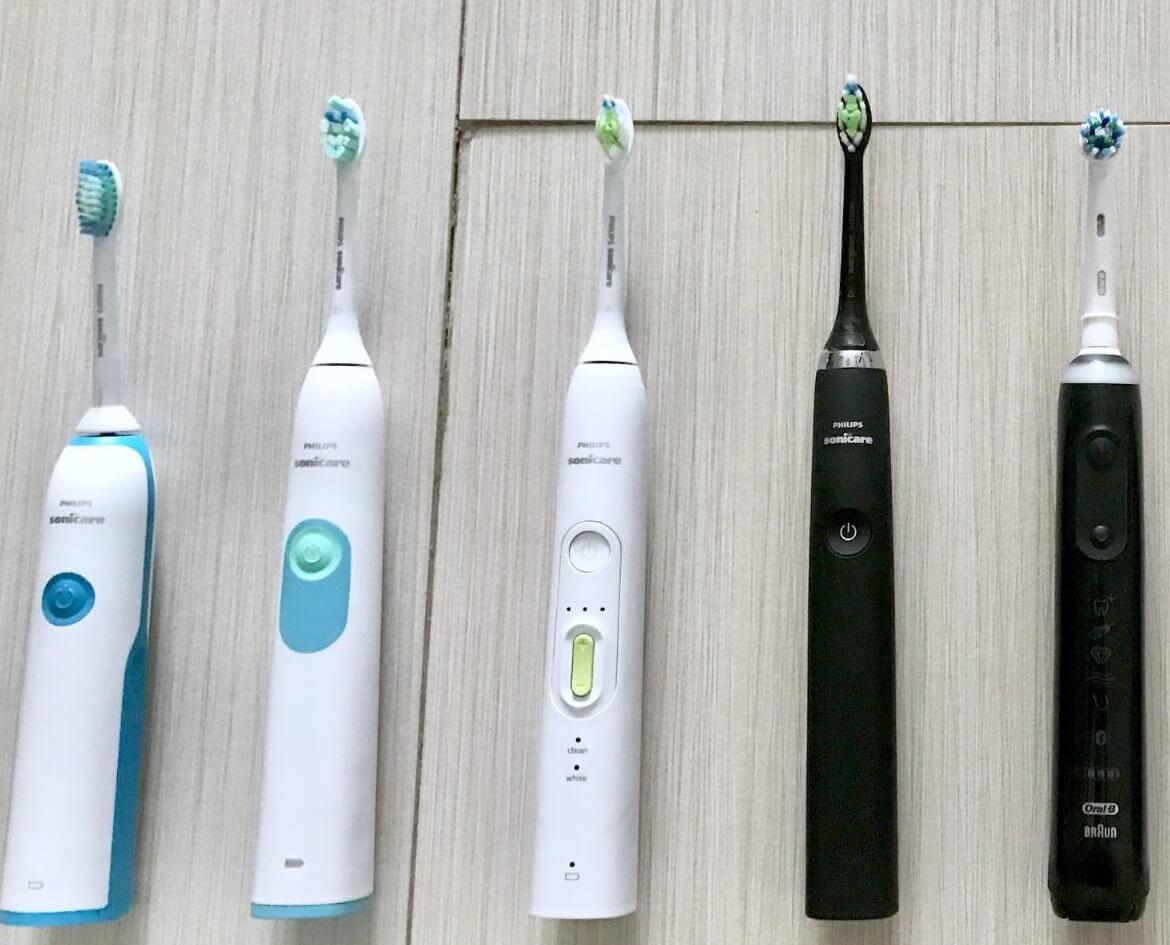There are many different types of toothbrushes on the market these days, but one of the most popular is the electric toothbrush. Electric toothbrushes have been around for many years now, and there are several different brands available. But do they really offer any advantages over traditional toothbrushes? And what are the disadvantages? In this blog post, we will discuss the pros and cons of using electric toothbrushes so that you can decide if they are right for you!
Electric toothbrushes are toothbrushes that are powered by a battery or electricity. They have bristles on the head of the brush that rotate or vibrate to help clean teeth. Some electric toothbrushes also come with timers and pressure sensors to help you brush your teeth for the recommended two minutes, and ensure that you are not brushing too hard.
There are several different types of electric toothbrushes available on the market, including:
Each type of electric toothbrush has its own set of pros and cons, which we will discuss below.

Toothbrushes have been around for centuries, and the basic design has not changed all that much. They are typically made of plastic or wood and consist of a handle and ahead. The head is where the bristles are located.
Rotating-bristle toothbrush heads: These toothbrushes have brush heads with rotating bristles. They are available in both manual and electric versions. Rotating-bristle toothbrushes are good at removing plaque from teeth, but they can be tough on gums.
Oscillating-head toothbrush heads: These toothbrushes also have brush heads with rotating bristles, but the oscillating action makes them gentler on gums than rotating-bristle toothbrushes.
Pulsating-head toothbrush heads: These toothbrushes have brush heads with pulsating bristles. Pulsating-head toothbrush heads are said to be the most effective at removing plaque from teeth, but they can also be tough on gums.
There are three different types of electric toothbrush heads: rotating, oscillating, and pulsating. Rotating-head toothbrush heads are the most common type. They have bristles that spin around in a circular motion. Oscillating-head toothbrush heads move back and forth, and pulsating-head toothbrush heads have bristles.
Electric toothbrushes have several advantages over manual toothbrushes. First, they are more effective at removing plaque and bacteria from teeth and gums. Second, electric toothbrushes are easier to use than manual toothbrushes - they do not require any special techniques or skills. Third, electric toothbrushes come in a variety of shapes and sizes, so you can find one that is comfortable for you to use. Finally, electric toothbrush heads need to be replaced less often than manual brush heads.
Another difference between electric and manual toothbrushes is the way that the bristles move. Manual toothbrushes typically have bristles that vibrate back and forth. Electric toothbrushes, on the other hand, have three different types of bristle movement.
If you are unsure about which type of electric toothbrush is best for you, ask your dentist for advice.
Some people also believe that using an electric toothbrush can help prevent gum disease and cavities. However, there is no scientific evidence to support this claim.
There are a few disadvantages of using electric toothbrushes. First, they can be more expensive than manual toothbrushes. Second, some people find that the vibrations from the brush can be uncomfortable or even painful. Finally, electric toothbrush heads need to be replaced more often than manual brush heads.
Despite these disadvantages, most people agree that electric toothbrushes have many advantages over manual toothbrushes. So if you are looking for a new way to brush your teeth, an electric toothbrush may be the.
If you are thinking about buying an electric toothbrush, make sure to do your research first and find one that is right for you. There are many different types available, so take the time to find one that will meet your needs and fit into your budget.